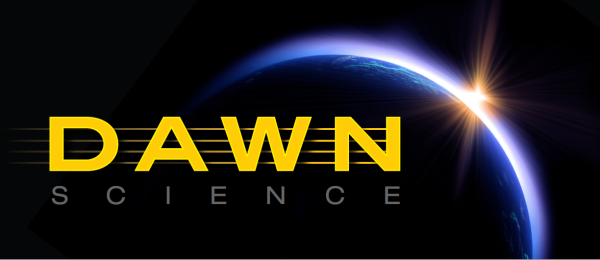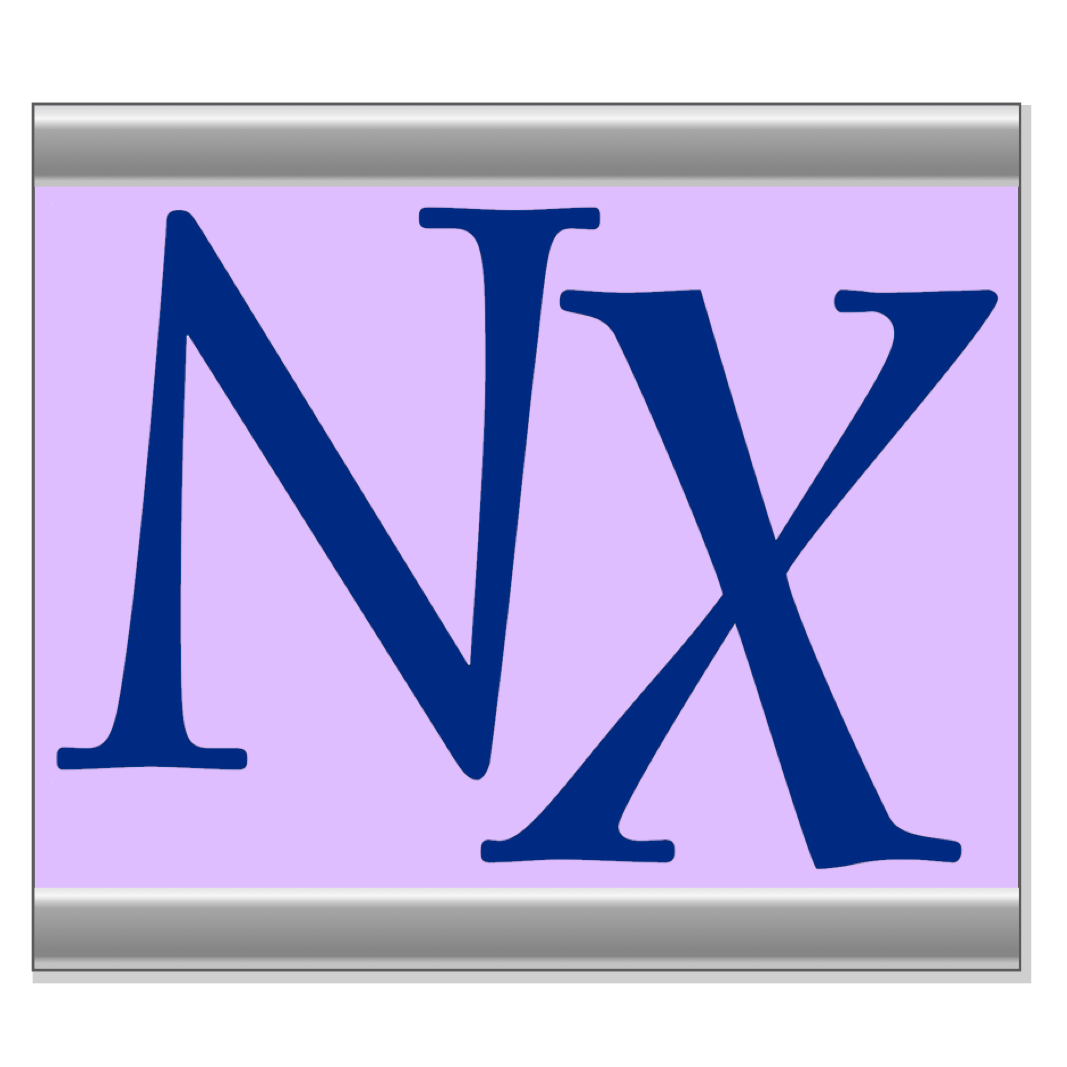Software

DAWN
DAWN, the Data Analysis WorkbeNch, is an Eclipse based application for scientific data analysis. It comes with a range of tools for visualization (1D, 2D and 3D), code development environments (for Python, Jython and Eclipse plug-ins) as well as processing workflows with visual algorithms for analyzing scientific datasets. It is primarily developed at Diamond Light Source, but external contributions are most welcome! DAWN is distributed freely and is released under the Eclipse Public License.
Grasp
"GRASansP" is a MatlabTM script application designed for the graphical inspection, analysis and reduction of multi-detector data produced by the Small-Angle Neutron Scattering (SANS) instruments of the Institut Laue-Langevin (ILL). GRASansP deals with many of the diverse requirements for analysis and reduction of SANS data using a general set of tools and reduction algorithms. Data from the two ILL SANS instruments, D11 and D22, as well as SANS instruments at some other neutron sources, are currently catered for in the GRASansP package. In principle the architecture and coding of GRASansP combined with the matrix handling abilities, graphics and other advantages of the Matlab™ environment should allow continued development of this software and be able to provide more general aspects of multi-detector and complex data set handling. The drive for producing such a suite of software came from the overwhelming need for a modern, complete and general-purpose package to deal with typical procedures required for analysis of two-dimensional SANS multidetector data. By it’s very nature, two-dimensional data is often best appreciated in a graphical form. The birth of GRASansP came from the need for graphical inspection and ability to be able to quickly process and extract the scattered intensity, I(q), as a function of position on the multidetector (qx,qy) or as a function of sample environment conditions from a series of many measurement runs (e.g. temperature sweep, rocking curve etc.). This, combined with an interest in scientific software development and the abilities of the Matlab™ environment have brought GRASansP into it’s present state.

iFit
The iFit library (pronounce [eye-fit]) is a set of methods to load, analyse, plot, fit and optimize models, and export results. iFit is based on Matlab, but can also be launched without Matlab license (stand-alone version).Matlab It does not currently include advanced graphical user interfaces (GUI), and rather focuses on doing the math right. Any text file can be imported straight away, and a set of binary files are supported. Any data dimensionality can be handled, including event based data sets (even though not all methods do work for these). Any model can be assembled for fitting data sets. Last, a number of routines are dedicated to the analyses of S(q,w) and S(alpha,beta). More advanced features include the full automation to compute phonon dispersions in materials, using DFT codes such as ABINIT, ELK, VASP, QuantumEspresso, GPAW and more (Models/sqw_phonons). The software can also compute the neutron TAS resolution function (4D) and fits to experimental data with full resolution convolution (ResLibCal). An interface for McStas and McXtrace is also available to automate and optimize instrument simulations.
jupyterlab-h5web
JupyterLab extension to explore and visualize HDF5 file contents, using the web-based viewer H5Web. H5Web supports the NeXus format.

LAMP
LAMP (Large Array Manipulation Program) is designed for the treatment of data obtained from neutron scattering experiments at the Institut Laue-Langevin. However, LAMP is now a more general purpose application which can be seen as a GUI-laboratory for data analysis based on the IDL language.

MANTID
The Mantid project provides a framework that supports high-performance computing and visualisation of materials science data. Mantid has been created to manipulate and analyse neutron scattering and muon spectroscopy data, but could be applied to many other techniques.
myHDF5
myHDF5 is a free online service to explore and visualize HDF5 files. Users can choose to select files from their local machine, or to load files that are hosted remotely on platforms such as GitHub or Zenodo. myHDF5 is based on H5Web, an HDF5 file viewer and visualisation component library built with React and WebGL, as well as h5wasm, a WebAssembly-powered library for reading HDF5 files from JavaScript.
nexdatas
Historically it is the job of the Control Client (CC) to write the data recorded during the experiment (this is true at least for low rate data-sources). However, with the appearance of complex data formats like Nexus the IO code becomes more complex. To cope with this complexity, NexDaTaS has been developed jointly by PNI-HDRI and PaNdata to provide an easy to use interface between the NeXus data integration and the control system. NexDaTaS is realized as a Tango server which allows to store NeXuS Data in H5 files. The server provides storing data from other Tango devices, various databases as well as passed by a user client via JSON strings.

NeXpy
NeXpy provides a high-level python interface to NeXus data contained within a simple GUI. It is designed to provide an intuitive interactive toolbox allowing users both to access existing NeXus files and to create new NeXus-conforming data structures without expert knowledge of the file format. The underlying Python API for reading and writing NeXus files is provided by the nexusformat package, which is also described here.
pni-libraries
The PNI libraries are a stack of related C++ libraries developed with the intention to simplify the development of scientific software in the field of Photon-, Neutron, and Ion-scattering.
SasView
SasView is a Small Angle Scattering (SAS) analysis package for the analysis of 1D and 2D scattering data directly in inverse space. The focus was originally on neutron data (SANS) but has been used for X-ray’s as well and includes a tool for determining a slit resolution for the SAXSess instrument. SansView also includes PrView to invert SAS data to P(r), a resolution calculator, and a scattering length density calculator among others tools. A simple plugin mechanism is available for users to add custom models.

tomwer
Tomwer is offering tools to automate acquisition and reconstruction processes for Tomography. It contains: - a library to access each acquisition process individually - gui and applications to control main processes (reconstruction, data transfert...) and execute them as a stand alone application. - an orange add-on to help users defining their own workflow (http://orange.biolab.si)
vscode-h5web
VS Code extension to explore and visualize HDF5 files using the web-based viewer H5Web. H5Web supports the NeXus format.
- ← Previous
- 1
- Next →

